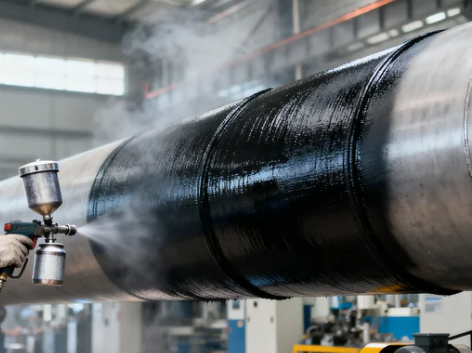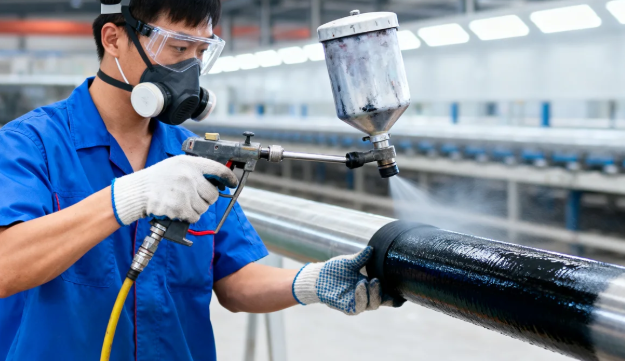Coating is a thin layer of plastic coated on metal, fabric, plastic and other substrates for the purpose of protection, insulation and decoration. The rubber coating is one of the most widely used processes of coating in various applications. Such protective coating is applied onto or impregnated into a substrate or an object for protective, decorative or functional purposes. Rubber coating medium is a very important consideration in the selection of coating material. This type of coating is used on many die casting components like seals, gaskets, o-rings, stoppers and plungers, which are used in a variety of industrial applications like electronics, medical, automotive, military industries, etc. The method of plating a layer of nickel on metal or some nonmetal by electrolysis or chemical method is called nickel plating. Nickel can be divided into electroless nickel plating and electroless nickel plating.



